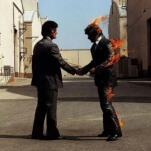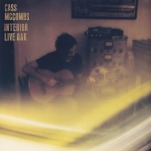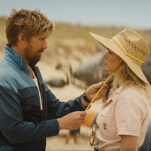Small Batch Dispatch: Herman Marshall Bourbon
There isn’t a whole lot of whiskey made in Texas, but what’s there is solid. As Balcones and other Texas distilleries start to gain credibility in the broader world of spirits, enterprising whiskey-lovers are throwing their hats into the race. In Garland, Texas, a suburb of Dallas, Herman Marshall bourbon is being crafted at the area’s first distillery since Prohibition, and they’re already off to a running start. Especially considering that, when they first got started, neither of the brand’s namesakes, Herman Beckley nor Marshall Louis, really knew much about making whiskey.
The two met at a Starbucks in their neighborhood, where they both frequently stopped in for coffee. The occasional coffee turned into the occasional whiskey drinking session, and soon they decided that they would make their own whiskey — if only just for tasting among friends.
From there, it became a challenge to see who could make the best whiskey. The two new friends researched old bourbon recipes from the 1800s, and tweaked the proportions over time to suit their own tastes. Eventually, they culled together what they thought was the best tasting recipe for whiskey, developed their own unique strain of yeast for fermentation, and Herman Marshall Whiskey was born.
In addition to their bourbon, Herman Marshall produces two other expressions, a single-malt “Texas whiskey,” and traditional rye. “We’re the smallest of small-batch,” says Russel Louis, son of co-founder Marshall Louis, and he’s not exaggerating. The largest fermentation tank that the distillery uses is 500 gallons, which is miniscule compared to the 20,000+ gallon tanks used at major distilleries like Wild Turkey. The fermentation tanks that Herman Marshall uses are crafted from small swamp cypress, and hand-made over a period of one month.
-

-

-

-

-

-

-

-

-

-

-

-

-

-

-

-

-

-

-

-

-

-

-

-

-

-

-

-

-

-

-

-

-

-

-

-

-

-

-

-








































